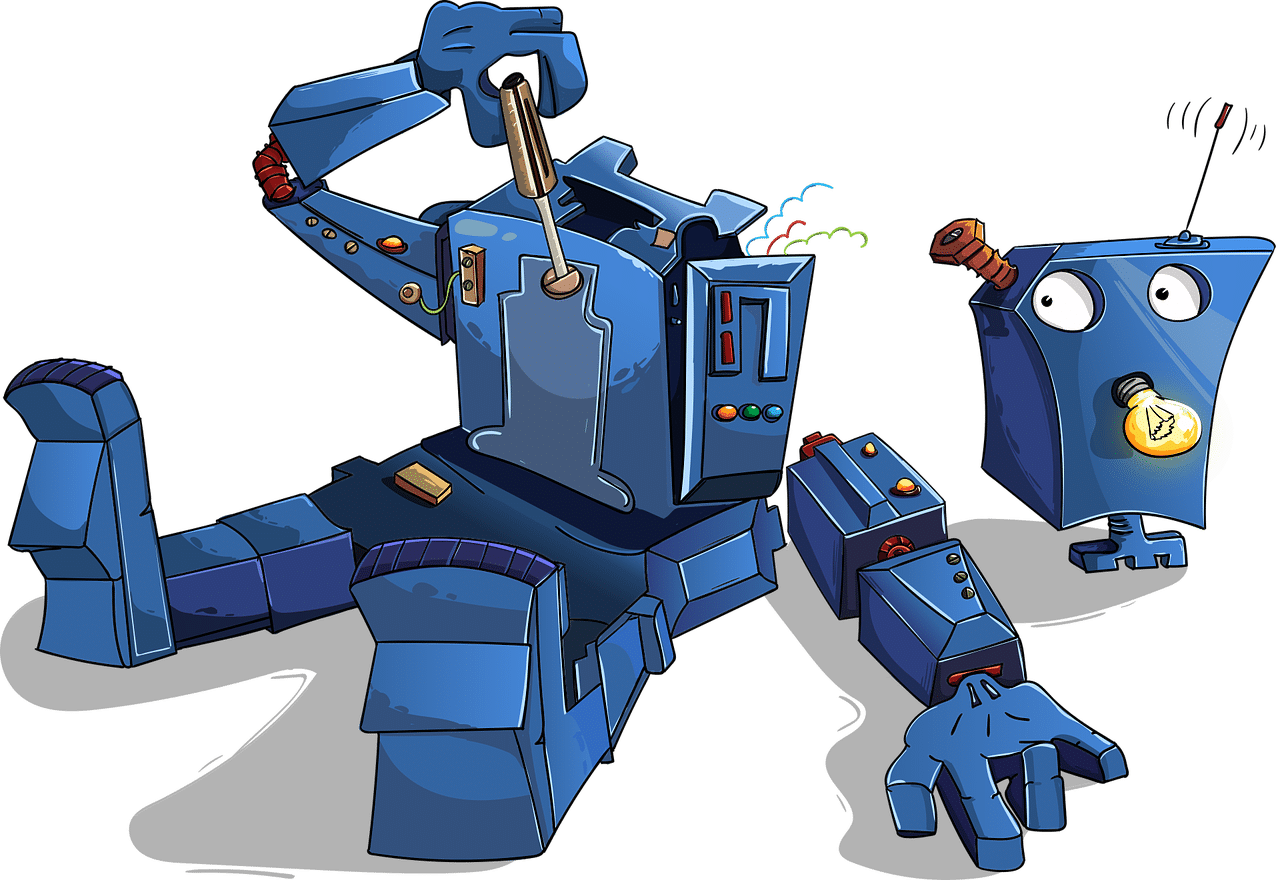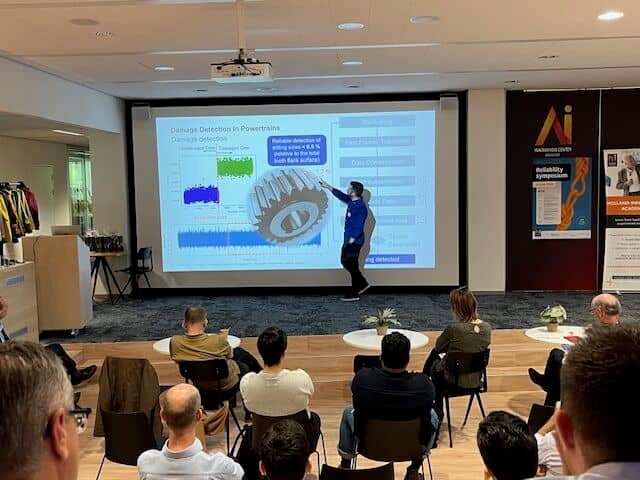
Our skin and our body can repair a lot of damage itself through our innate self-healing abilities. A skinned knee, a cut on your finger, or a sprained ankle are not grounds for consulting a doctor. After a few days, the wounds heal without any outside intervention. However, only biological beings possess this ability to heal themselves. A torn garment will not repair itself, unfortunately. Scientists have now developed a material that can repair itself in a matter of seconds.
Researchers at the Max Planck Institute for Intelligent Systems (MPI-IS) in Stuttgart, Germany, and the Pennsylvania State University (PSU) in the USA have managed to do this by altering the nanostructure of a new type of ductile material “until it can fully recover its structure and properties after being cut or perforated.” This material, which has the potential to revolutionize research in the field of soft robotics, was inspired by cuttlefish. According to these scientists, this material would enable many applications in a world “where robots have to cope with dynamic and unpredictable environments.”
Mending without loss of quality
With previous pliable, self-repairing materials, the molecules needed hours or even days to reassemble. In addition, the damaged area no longer retains its original strength. The newly developed ductile material is completely different. It is capable of fully restoring its structure and properties in an instant. Over and over and over again.
“We have developed a new material that can repair itself much faster without losing any of its strength. We have damaged it in a variety of ways and each time it has repaired itself within seconds,” says Dr. Abdon Pena-Francesch, lead author of the paper ‘Biosynthetic self-healing materials for soft machines,’ which has been published in the professional journal Nature Materials.
Pioneering in the field of robotics
In science, self-repairing materials play an important role, especially when it comes to robotics. In this field, such a material could be decisive for the daily operation of robots. “If robots are to one day support people in very dynamic and unpredictable environments, they should be made of a pliable and resilient material,” the researchers stress. But the softer the robots are, the sooner the material breaks down. This has an impact on both their durability and application capabilities. However, if the material could repair itself in the blink of an eye, any damage would no longer be a problem. In the future, such robots could be used in hazardous situations such as in the recovery of buried victims after earthquakes. The material could also be used in protective clothing like e.g. gloves.
Dr. Pena-Francesch and his co-authors Dr. Huihun Jung and Professor Melik C. Demirel of the PSU and Professor Metin Sitti, Director of the Department of Physical Intelligence at the MPI-IS, found a source for this novel material in the natural healing powers of squid. “Our goal was to use synthetic biology to create a self-repairing, programmable material with physical properties that we could then control,” said Professor Demirel.
After carefully studying the molecular structure and amino acid sequences of cuttlefish proteins, the team used protein engineering to develop the pliable, rubber-like material. “We changed the molecular structure in such a way that we were able to push the self-repairing properties of the material to the limit,” Demirel continues. “We managed to shorten a 24-hour recovery period to one second. Soft robots built from this material could instantly repair themselves now. In nature, self-healing is a very slow process. “Therefore, our technology outshines nature.”
Faster than nature
In nature, squid needs much longer to heal because the protein molecules in their tentacles are only loosely connected. The material developed in the laboratory was modified by the researchers in such a way that the individual molecules are all connected to each other. “A network in which only a few points are connected to each other harbors weak points. But we have linked all of these points together and have been able to improve the material,” explains Pena-Francesch. Whereas the molecules of previous pliable materials had permanent connections that could not be reassembled once they had been separated, the situation is quite different with the new material. “Every physical connection is reversible. Connections that are separated at one point just click back into place.”
A supramolecular network with unprecedented self-healing properties opens up an extensive unexplored range of potential applications in robotics, the authors point out. “Self-repairing physically intelligent soft materials are essential for the construction of robust and fail-safe soft robots in the near future,” says Prof. Metin Sitti. His vision is “to use these types of self-repairing soft materials in research into medical soft robots or to make robot gripper arms even more sophisticated.” Tests with these kinds of gripper arms have already taken place. For instance, a variety of objects have been lifted with them. “If an object happens to damage the gripper arm while being carried around, the gripper arm could quite easily repair itself.”








